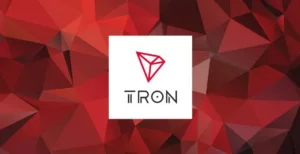
Stellar (XLM) Core Enhancements: Aiming for 5000 TPS with Parallel Processing
The Stellar Development Foundation has recently announced significant enhancements to its Stellar Core infrastructure, aimed at boosting the network’s transaction processing capabilities. The introduction of parallel processing in Stellar Core marks a crucial step forward in achieving an impressive throughput of 5000 transactions per second (TPS).
To put this development into perspective, the current TPS rate of Stellar stands at approximately 1,000-2,000, which is still far from matching the speeds achieved by other blockchain networks. However, with these recent enhancements, it seems that Stellar is committed to bridging the gap and outpacing its competitors.
The parallel processing upgrade allows for more efficient transaction dissemination, a component decoupled from consensus and execution. This process involves the execution of intensive cryptographic tasks such as signature verification and hashing, which are CPU-heavy but independent of the application’s business logic. The isolated nature of these tasks makes them ideal for parallelization, effectively eliminating risks like data races and deadlocks that could hinder performance.
It is essential to highlight the significance of this enhancement in enhancing the overall performance of Stellar Core. By offloading these CPU-intensive tasks, Stellar has managed to significantly reduce main thread pressure, resulting in a smoother overall experience for validators and Horizon instances alike.
As a result, users can anticipate improved validation times, increased scalability, and better overall network reliability. Furthermore, this update will allow the network to accommodate more transactions per second, which is crucial given the growing demand for decentralized applications and the increasing need for seamless scalability.
The recent developments also demonstrate Stellar’s commitment to addressing the limitations faced by other blockchain networks and embracing innovative solutions that empower users with greater flexibility and control over their transactions.
Source: Blockchain.News


